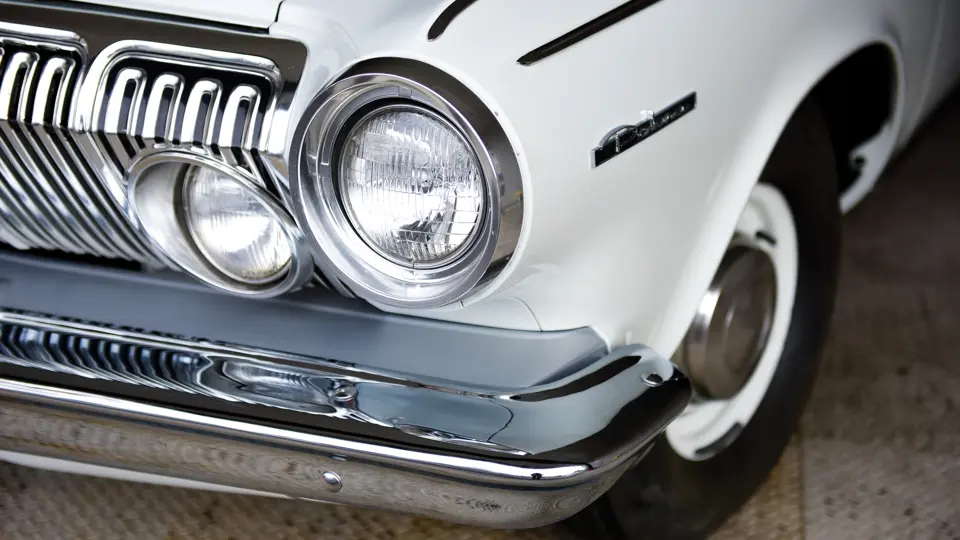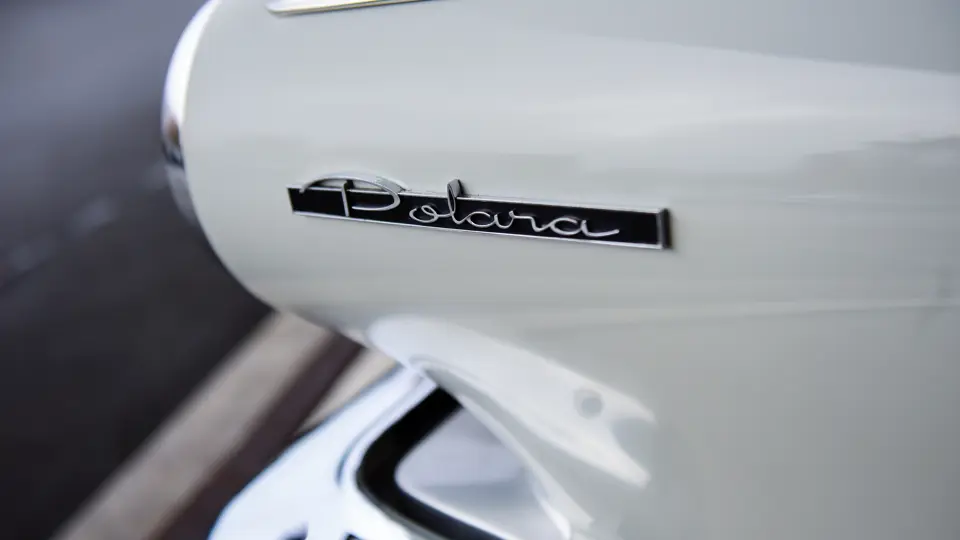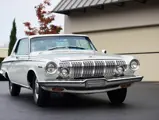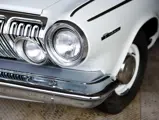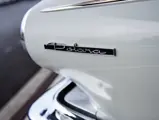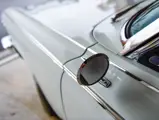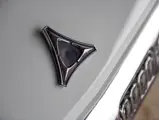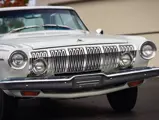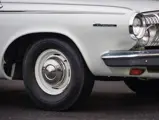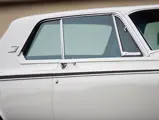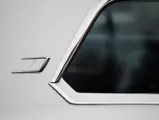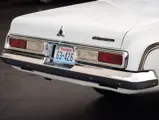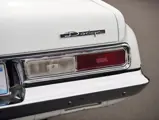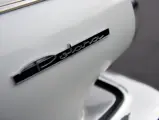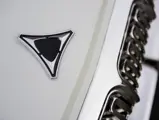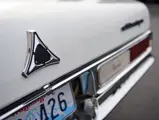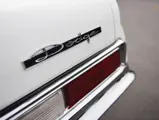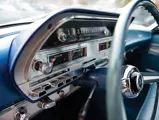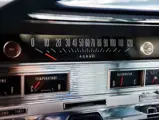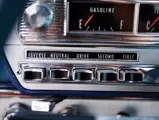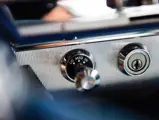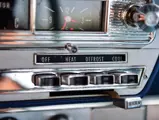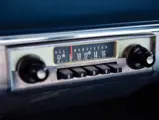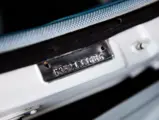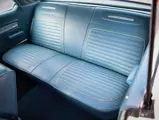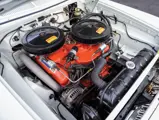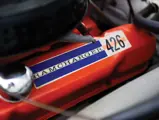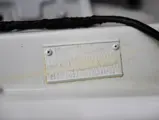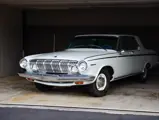
1963 Dodge Polara Max Wedge Hardtop Coupe
{{lr.item.text}}
$52,250 USD | Sold
Offered from a Private Collection
{{bidding.lot.reserveStatusFormatted}}
- Offered from a private collection
- An unusual factory muscle car with the highest trim level but few options
- Equipped with the vaunted 426/425 Max Wedge V-8
- Beautifully presented, complete restoration by MoPar specialists
425 bhp, 426 cu. in. OHV V-8 engine, three-speed TorqueFlite automatic transmission, torsion bar independent front suspension, live rear axle with semi-elliptical leaf springs, and four-wheel hydraulic drum brakes. Wheelbase: 119 in.
Chrysler Corporation’s Max Wedge engines had their roots in the big block cross-ram powerplants first introduced in 1963. A version of the 383-cubic inch raised block (or RB) “Wedge” engine became available with dual four-barrel carburetors, feeding the engine through tuned manifolds that were so long that they actually crossed to opposite sides of the engine bay. A cross-ram 413, making 375 horsepower, was also available, as was a 361 for the Dodge Dart Phoenix. A short ram setup was also developed, and it was sold through the MoPar parts network for local installation.
These, however, were all street engines. Behind the scenes, engineers were already working on all-out racing versions of the “Wedge” V-8 for drag and oval track racing. This effort resulted in the 1962 introduction of the Max Wedge 413, featuring short-ram induction and leggy upswept exhaust manifolds. New heads were designed, with larger valves, and mechanical lifters were employed. Max Wedges did very well in NHRA competition, especially in 1963, when the so-called Stage II version, bored out to 426 cubic inches, was debuted. These cars cleaned up in the Super Stock classes, as well as in NASCAR. Many were installed in cars fitted with the lightweight front end sheetmetal of the “Aluminum Package,” but it was possible to order a Max Wedge in more upscale street models.
The 1963 Dodge Polara hardtop coupe offered here is a fine example of the latter and was formerly part of the well-known Bill Jacobsen and Jack Brundage collections. Authenticated by MoPar historian and registrar Galen Govier as an authentic Max Wedge Stage II car, it is still powered by that vaunted engine, with a TorqueFlite automatic transmission and minimal other options, including a vinyl bench seat, power windows, and a single-speaker AM radio – but no heater. It was scheduled for production at Hamtramck, Michigan, the “home” of all Max Wedge cars, on 29 November 1962.
Restored by Muscle Car Restorations of Wisconsin, in the early months of 2006, the car was correctly finished in the original color, Polar White, and the interior is the correct blue, as the car was ordered. Throughout, the workmanship is exceptional, with the only flaws appearing in some dashboard zinc castings for which replacement parts are not available. The engine compartment is correctly detailed, without being overdone for a car that was built for performance and not beauty. Panel fit is excellent, and the paint is of highest quality. The odometer reads barely 4,000 miles, believed original. Goodyear blackwall tires are mounted on steel rims that bear “poverty” hub caps. The engine has been given a preservation treatment after being rebuilt during restoration, so a new owner will be able to make a clean start with a virtually new engine, if desired. A dossier of documentation is included with the car.
The sum total comes up as a very unusual, mid-range performance car, restored to a very high standard – a unique addition to any fleet of growling, high-powered MoPar muscle.

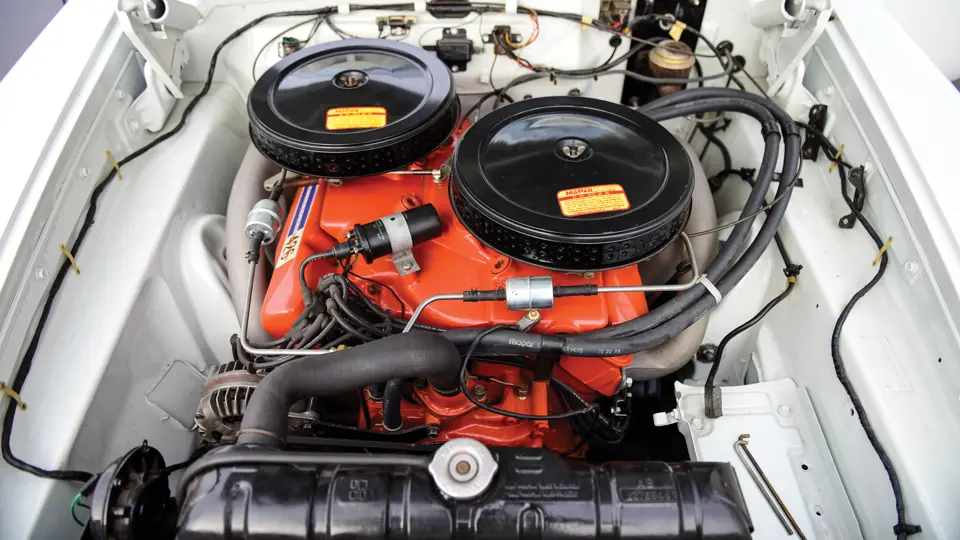


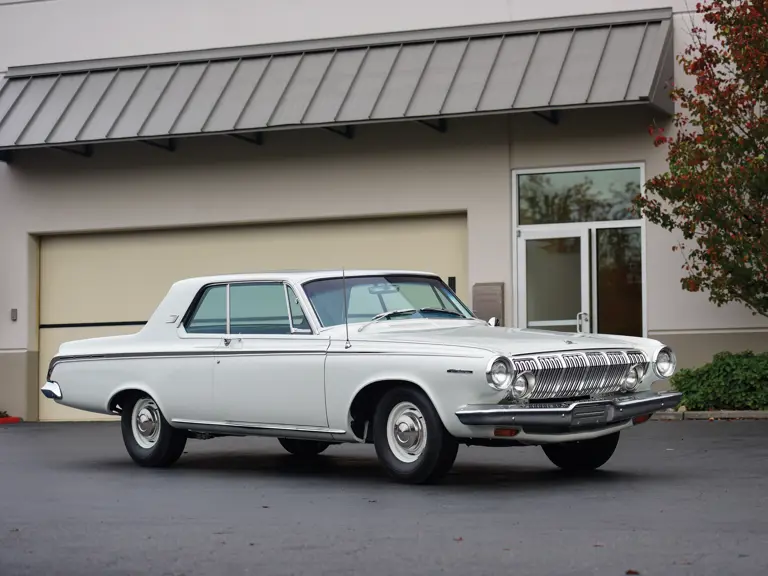

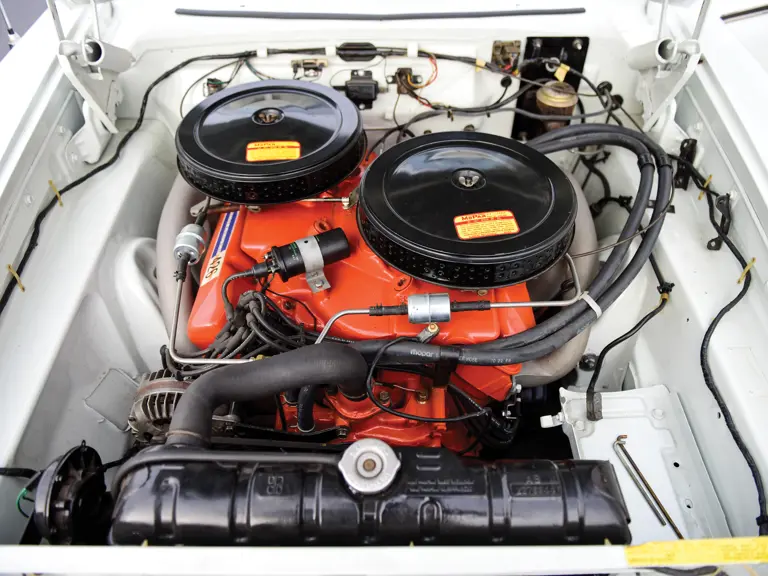
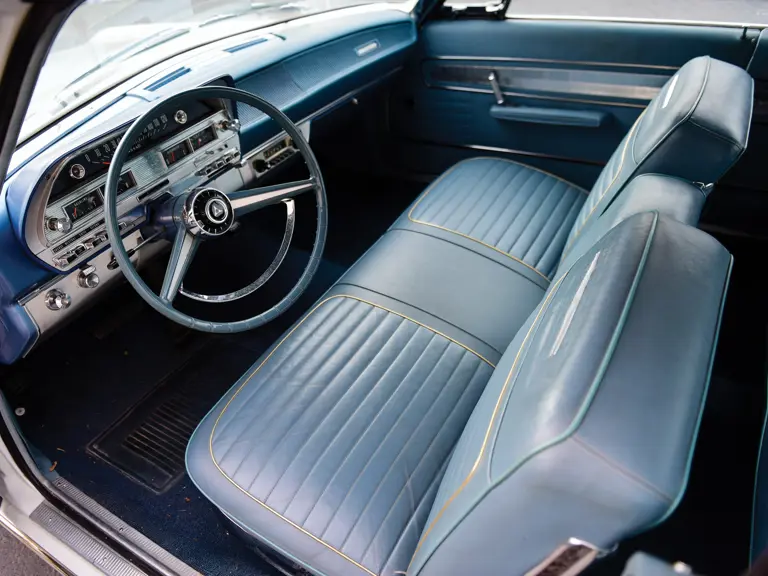
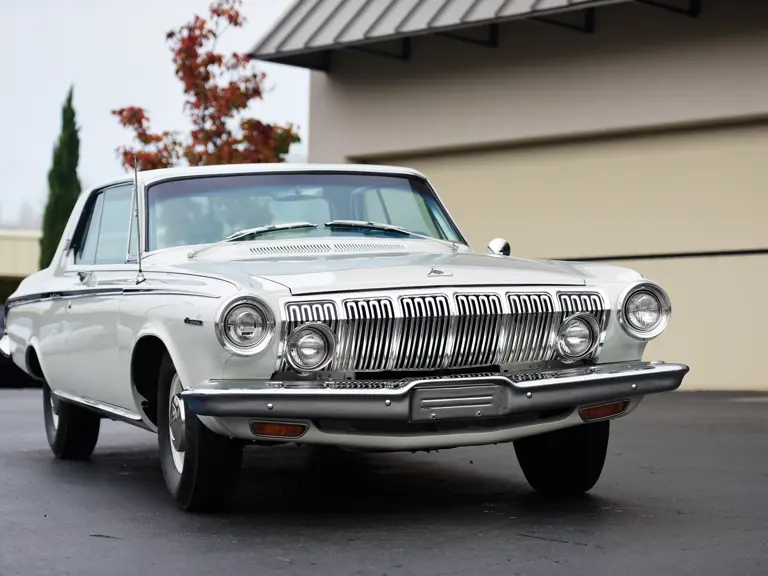

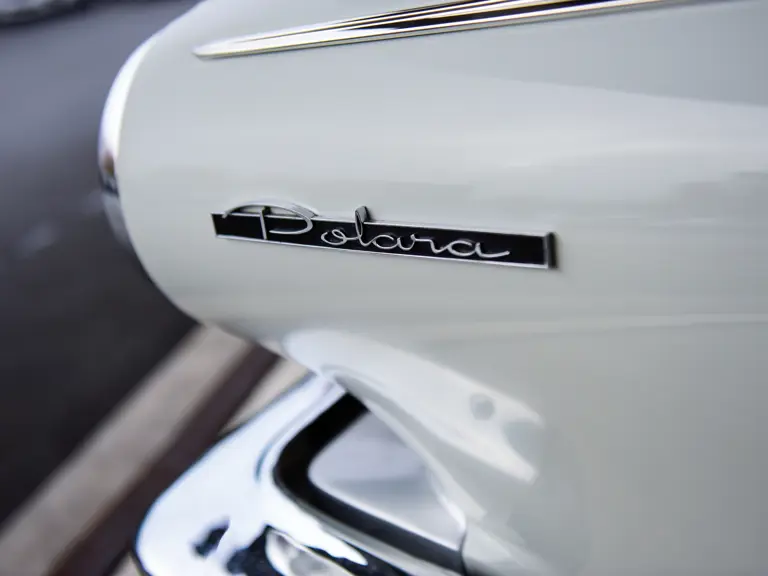
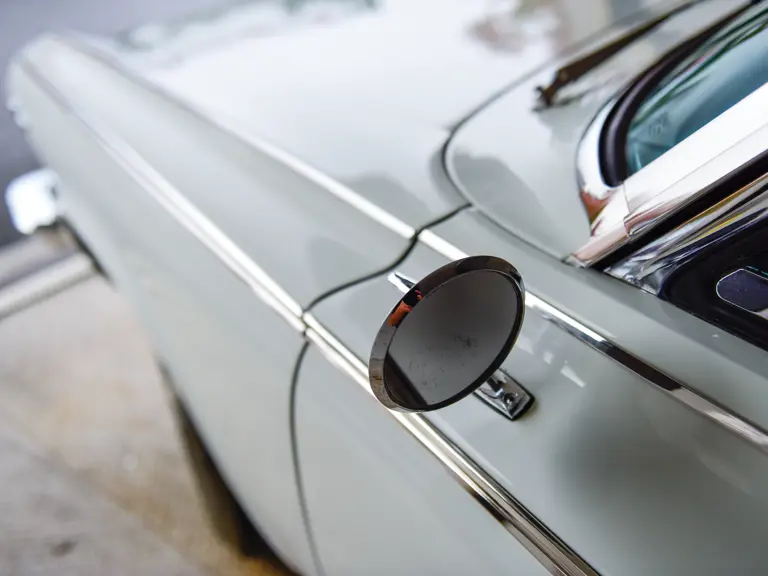
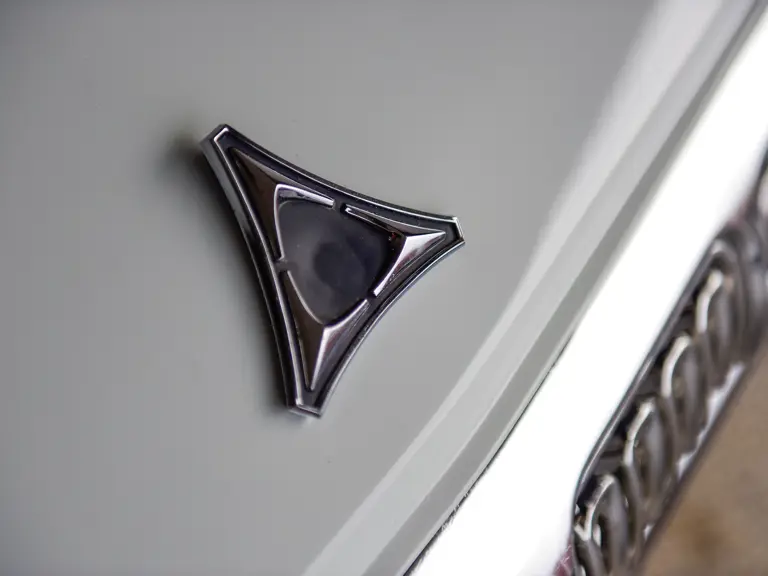
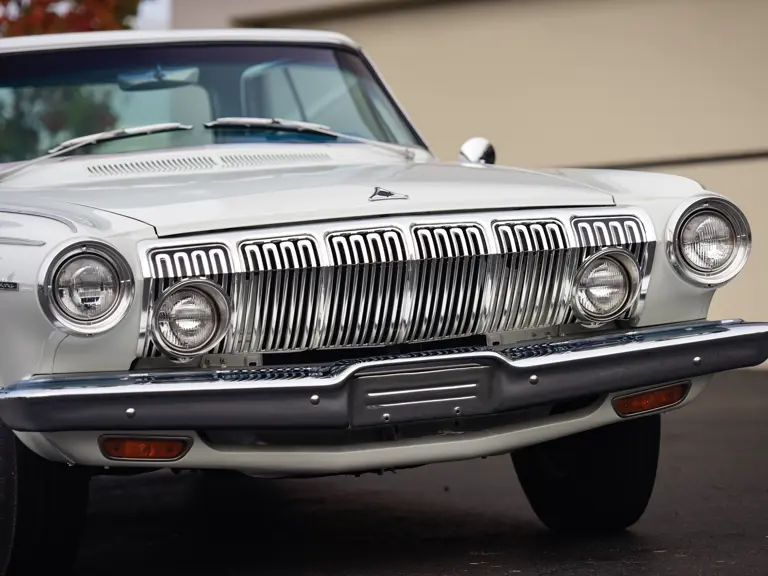
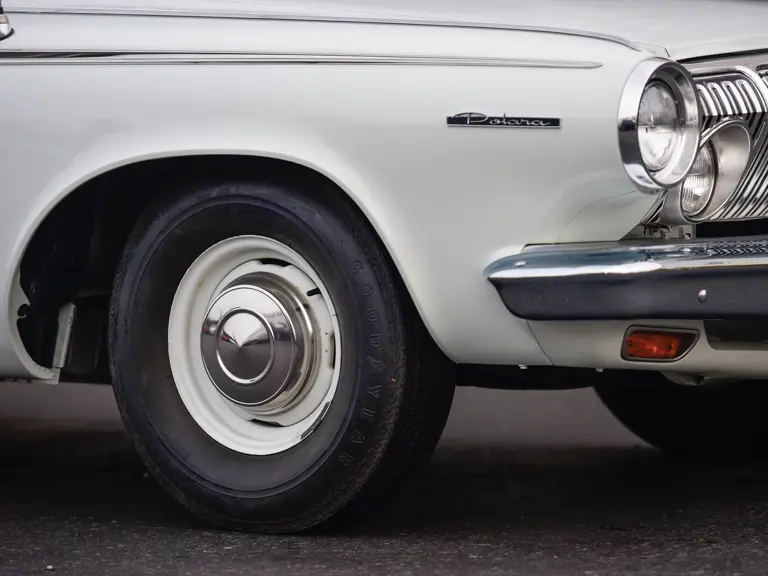

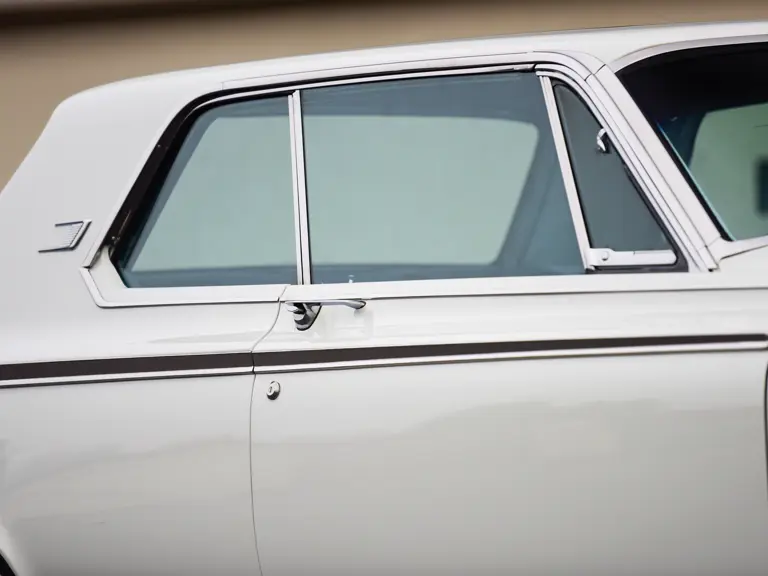
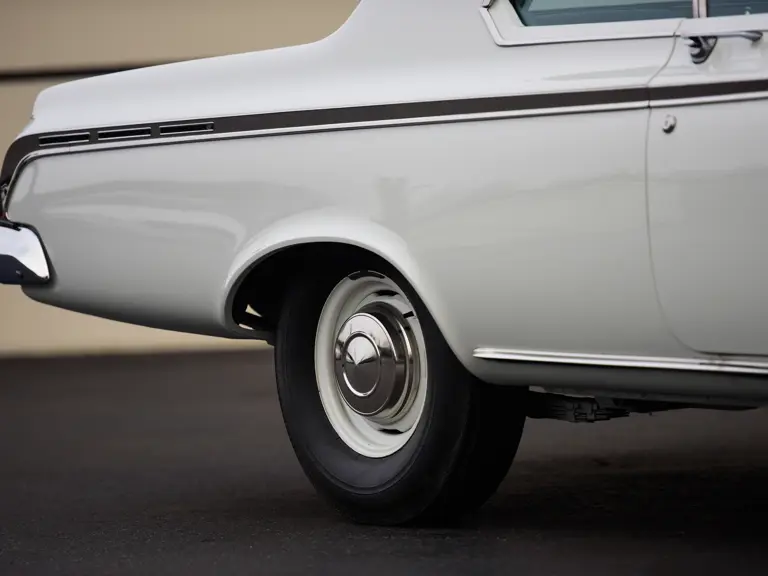
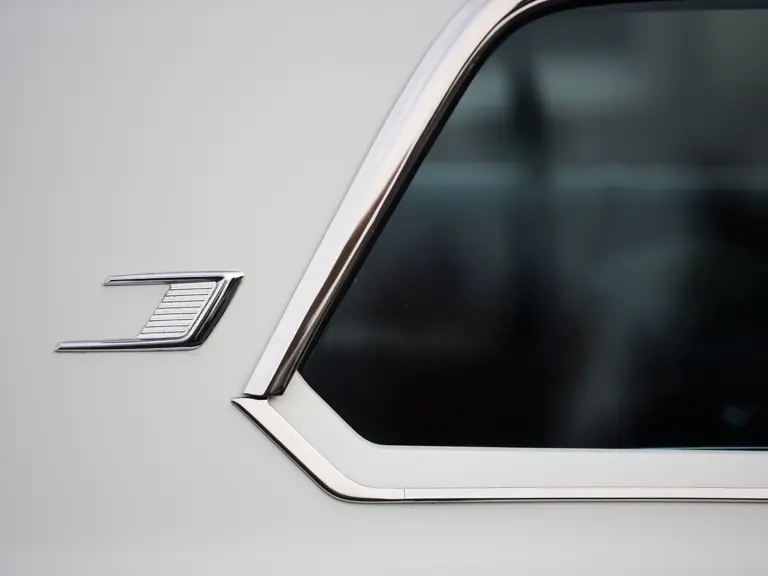
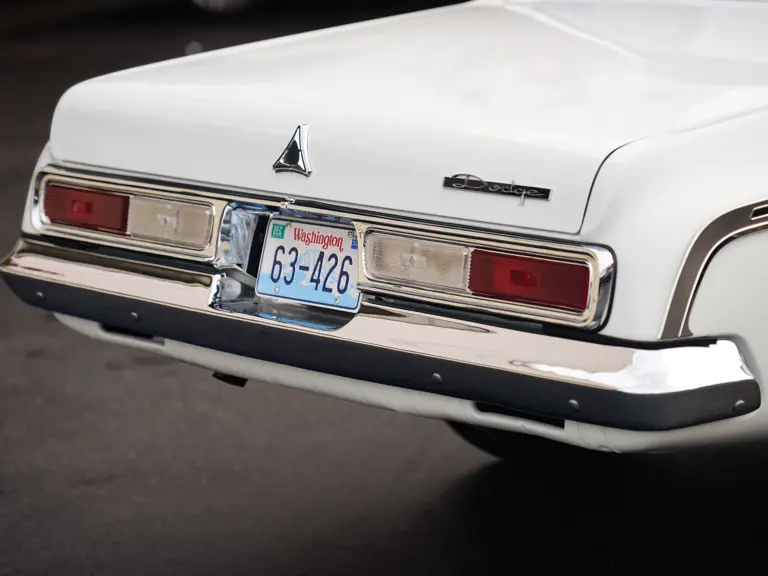
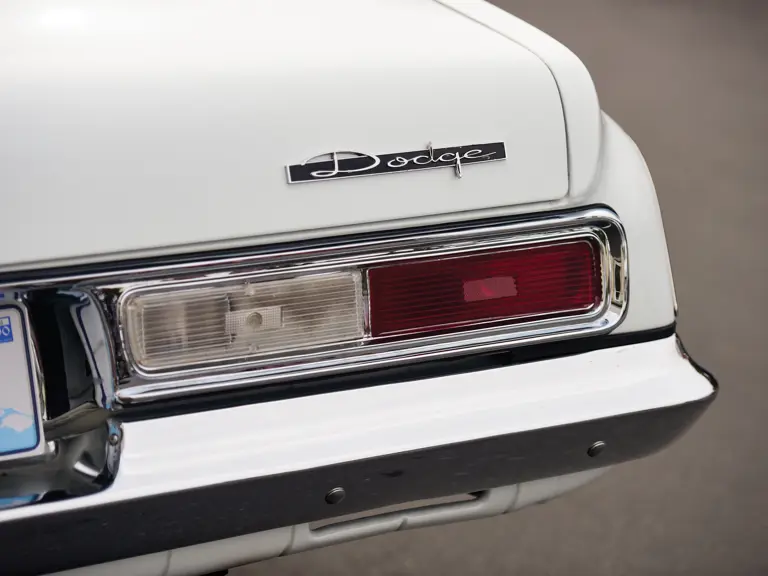



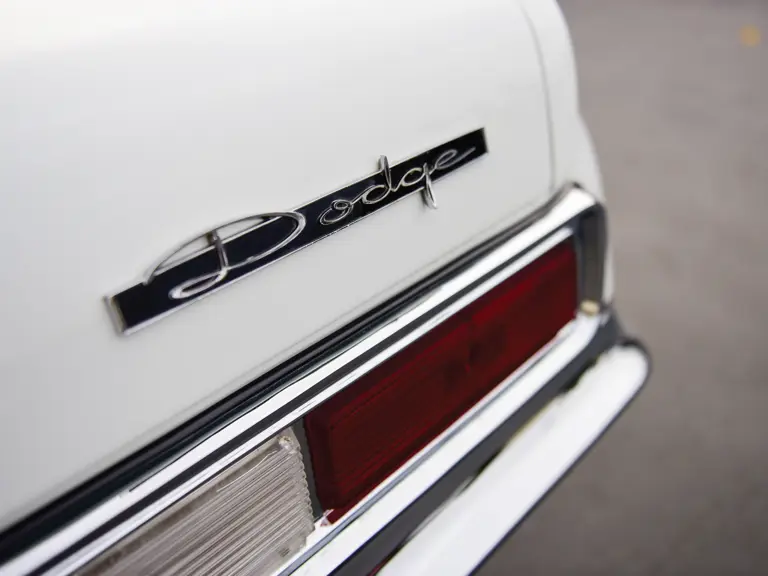
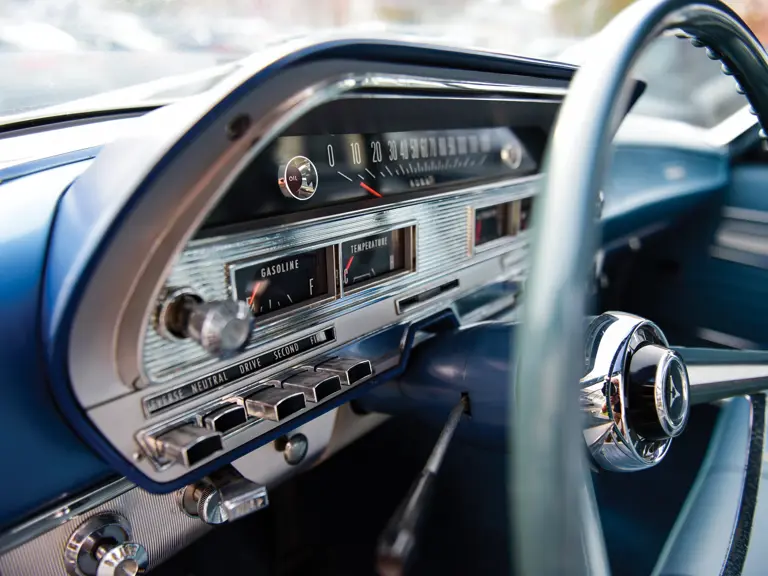
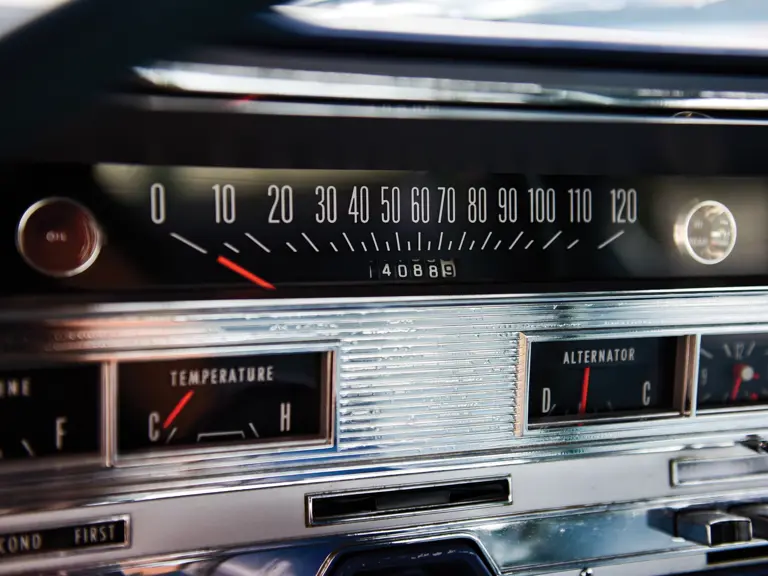
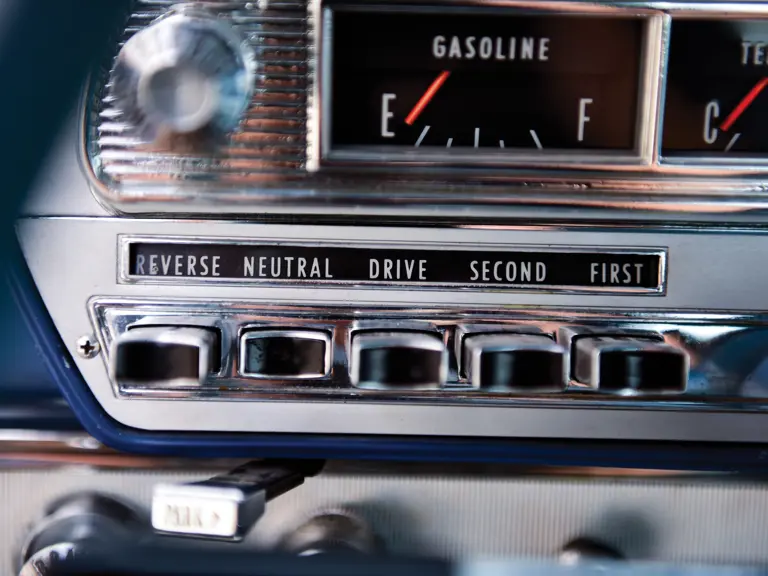
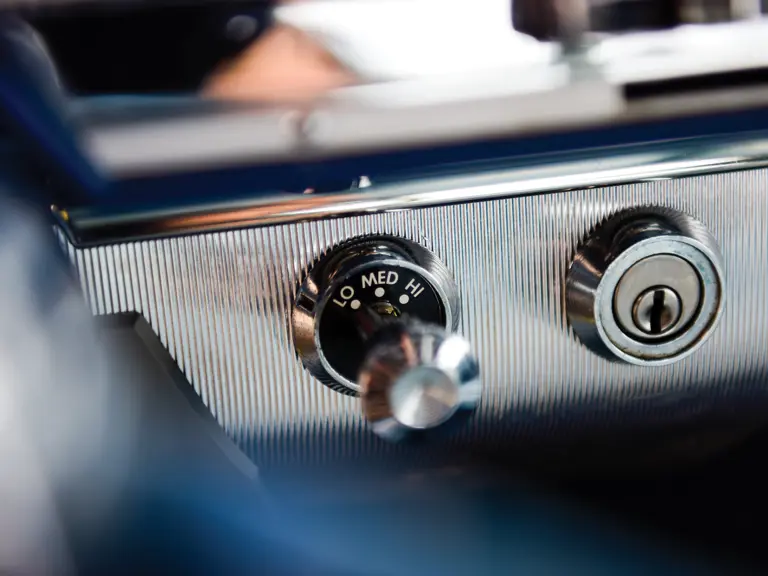
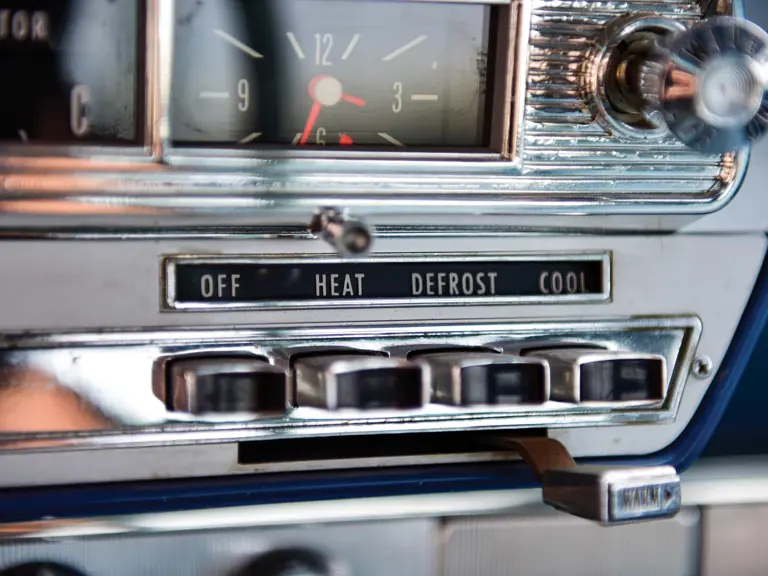
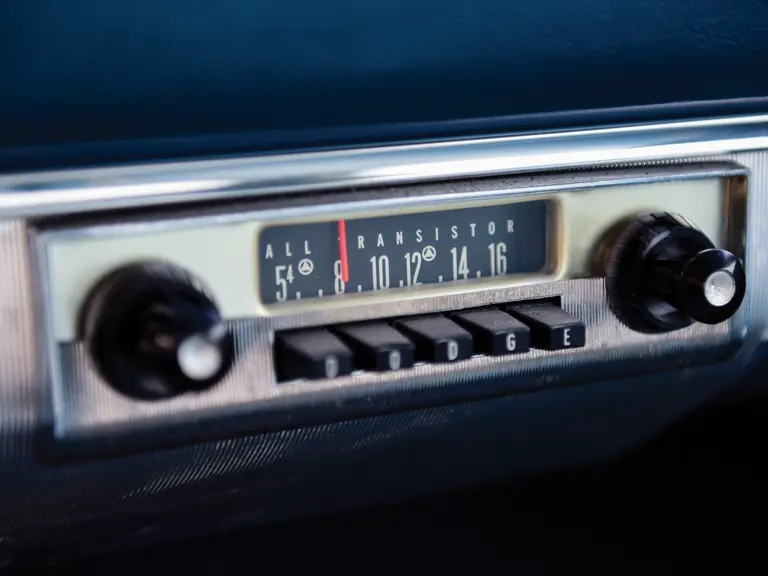

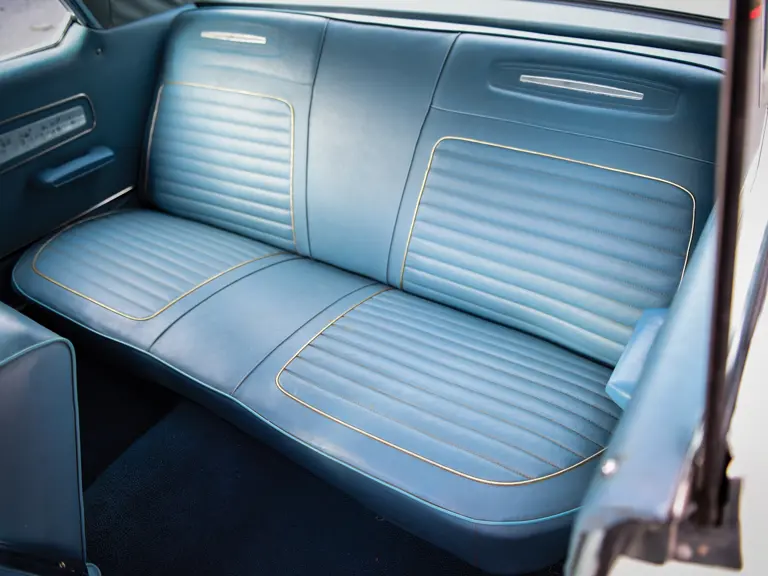
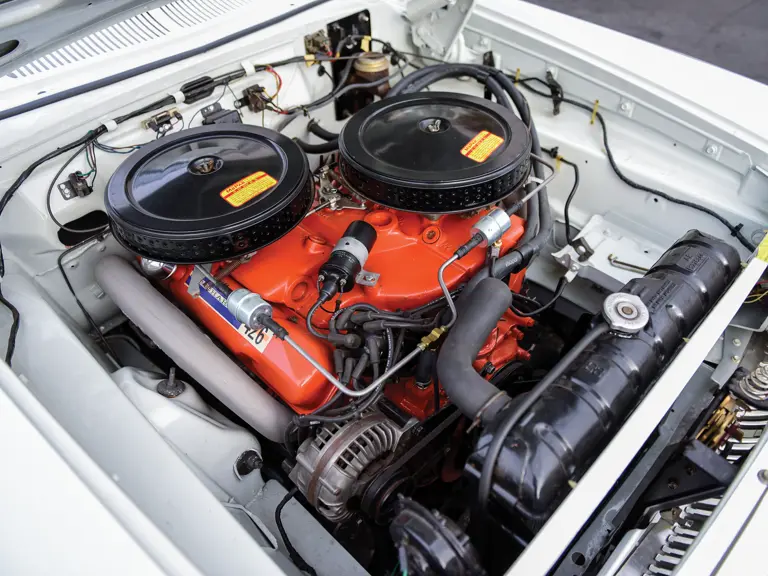
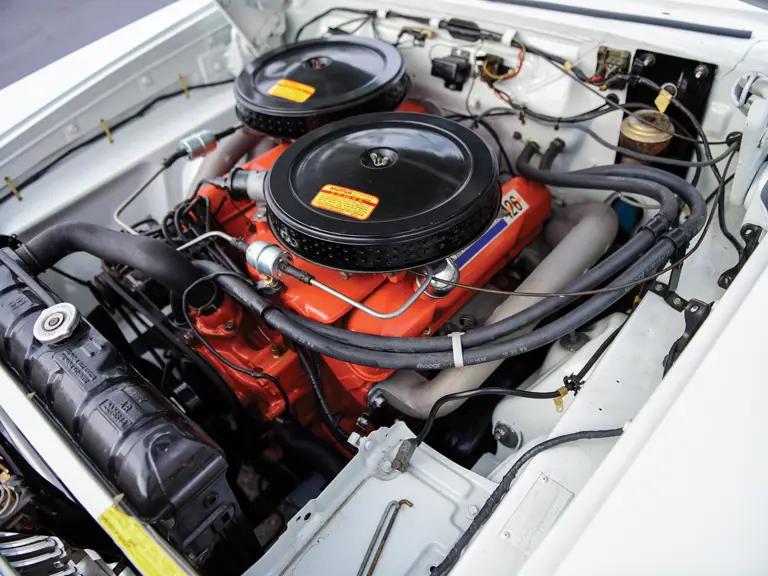
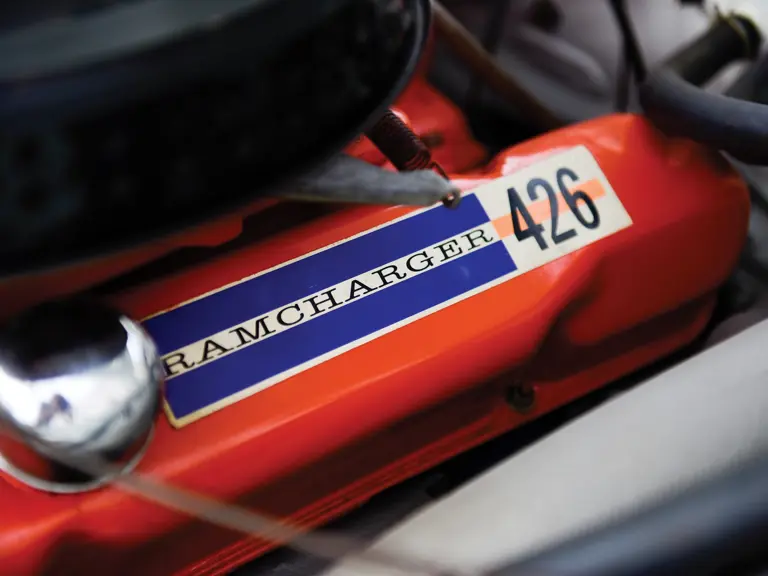
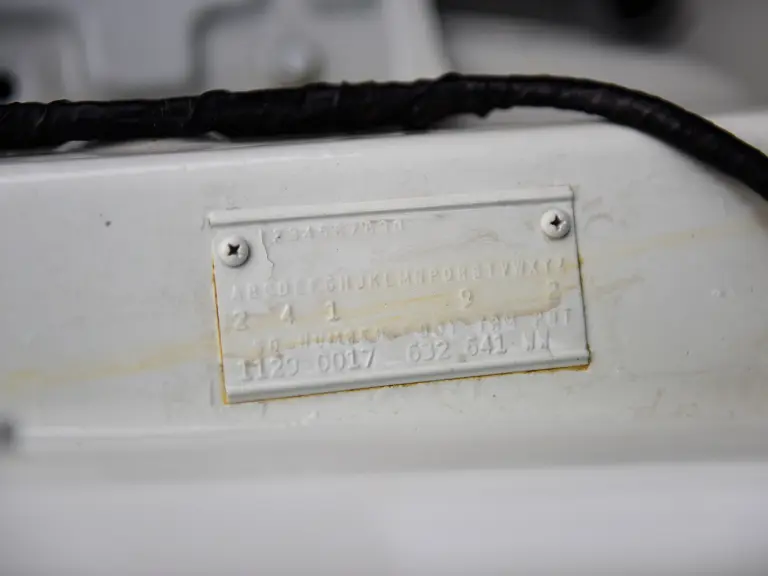

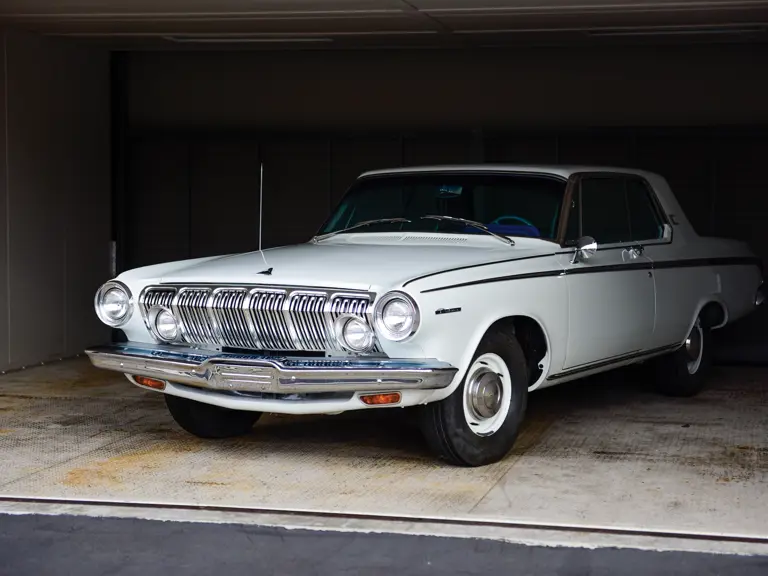
 | Phoenix, Arizona
| Phoenix, Arizona

